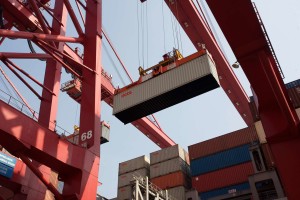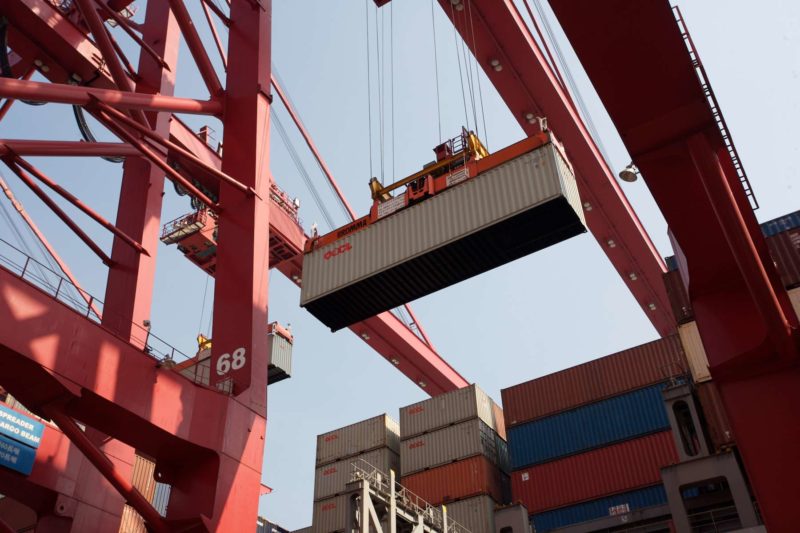 Growth in its East-West volume failed to boost overall liftings and revenue for Orient Overseas Container Line (OOCL) in the first quarter of 2015.
Growth in its East-West volume failed to boost overall liftings and revenue for Orient Overseas Container Line (OOCL) in the first quarter of 2015.
In a brief statement, Orient Overseas (International) Limited (OOIL), OOCL’s mother company, said the carrier registered a decline in total volume, total revenue, and revenue per standard container unit in the first quarter of 2015.
OOIL said aggregate volumes were down 2.5% to 1.32 million twenty-foot-equivalent units (TEUs) in the first quarter ended March 31 this year from 1.35 million TEUs in the same period last year.
Except for the Asia-Europe trade, which posted growth, all other trade lanes contracted. Asia-Europe traffic grew by 6%, but this was not enough to offset declines in the trans-Atlantic (falling 7%), trans-Pacific (5.5%), and intra-Asia/Australasia (3.3%) routes.
In addition, stronger traffic did not translate to bigger sales for the Asia-Europe lane. In the first quarter, revenue for this sling went down 1.9% compared to the first quarter of 2014. Trans-Atlantic revenue dropped 4.8%, intra-Asia/Australasia by 4.4%, and trans-Pacific by 2.2%.
Total revenues likewise decreased, falling by 3.2% to US$1.343 billion from $1.388 billion in the same period last year. With a decrease of 1.6% in loadable capacity, the overall load factor was 0.7% lower than in 2014.
Similarly, overall average revenue per TEU decreased by 0.7% compared to the first quarter of last year.
The first quarter results came after OOIL last month reported a profit of US$270.5 million for the whole of 2014 compared to US$47 million in 2013. Group revenue rose to $6.522 billion last year, up 3.5% from $6.232 billion the preceding year, while liner liftings increased by 5.5% to 5.6 million TEUs with load factor improved to 76% from 73%.
It said the performance was the result of “encouraging industry volume growth in 2014 especially in major East West trades” despite a mixed global economic picture.
It was also the Asia-Europe trade that was the stellar performer last year, especially in the earlier part of the year, while those of the trans-Pacific and intra-Asia trades were more muted.
On its prospects in 2015, the company had said that despite the global geopolitical uncertainties, it sees a “positive trajectory” in world economic demand, adding that even with the larger orderbook for delivery in 2015, “we anticipate gradually improving industry dynamics and margin.”





